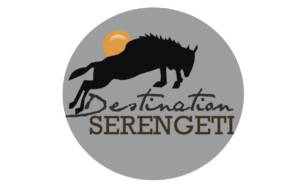As you leave the Ngorongoro Crater, you may want to stop briefly at one of the viewpoints that look back down into the crater. You get a spectacular view of the whole from up here. Watch for leopards, warthogs and various other animals as you drive out! Then descend towards Lake Manyara.
Your next stop will be for a tour at Mto Wa Mbu. Mto wa Mbu is a farming community where representatives from all 120 Tanzanian tribes live in proximity to one another. A local tour guide will walk you around the village and show you:
- how rice is cultivated & processed
- a banana plantation and how banana beer is made (you may even get to taste some!)
- a children’s school
- local artists, including painters and woodcarvers
- the colors, sounds and smells of the local market
After the tour of Mto Wa Mbu (always a highlight for our guests!), travel on to Lake Manyara National Park. You are likely to see hippos, warthogs, Cape Buffalo, zebra, and giraffe. Possibly even the famous and unique tree-climbing lions, so keep your eyes open! Likely, too, to see all sorts of birds; egrets, spoonbills, storks, bee-eaters, lilac-breasted rollers, kingfishers, herons of various types, and many, many more. As the evening approaches, you will be ready to stop and relax for the night with a delicious dinner at your evening’s accommodation.





